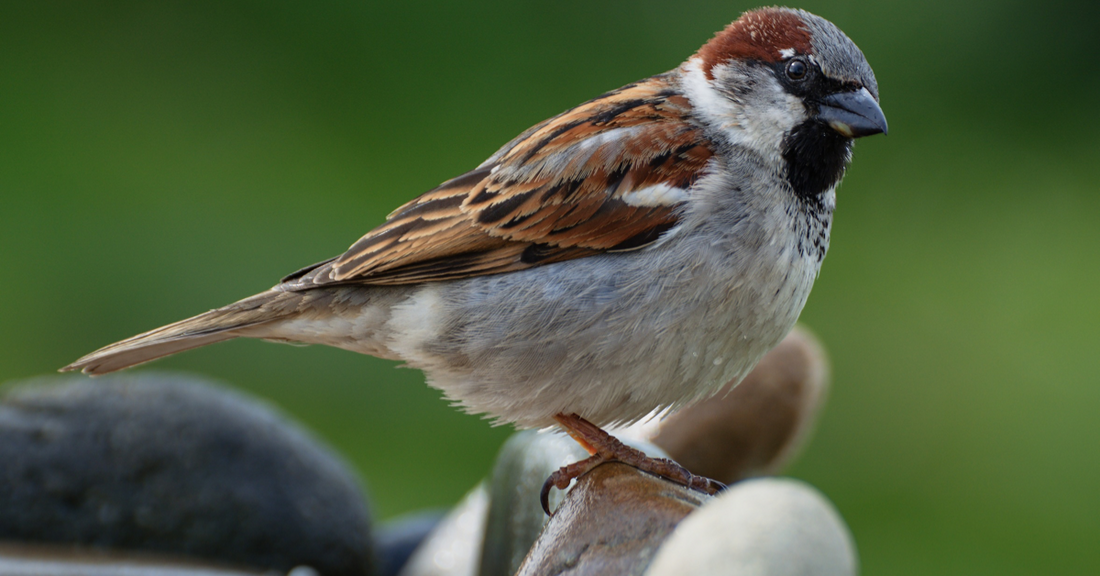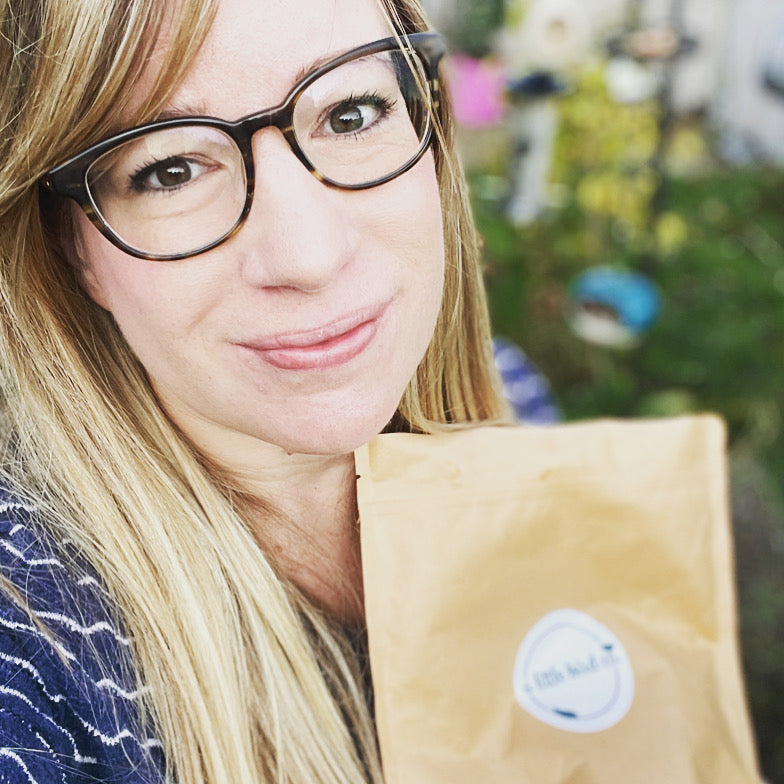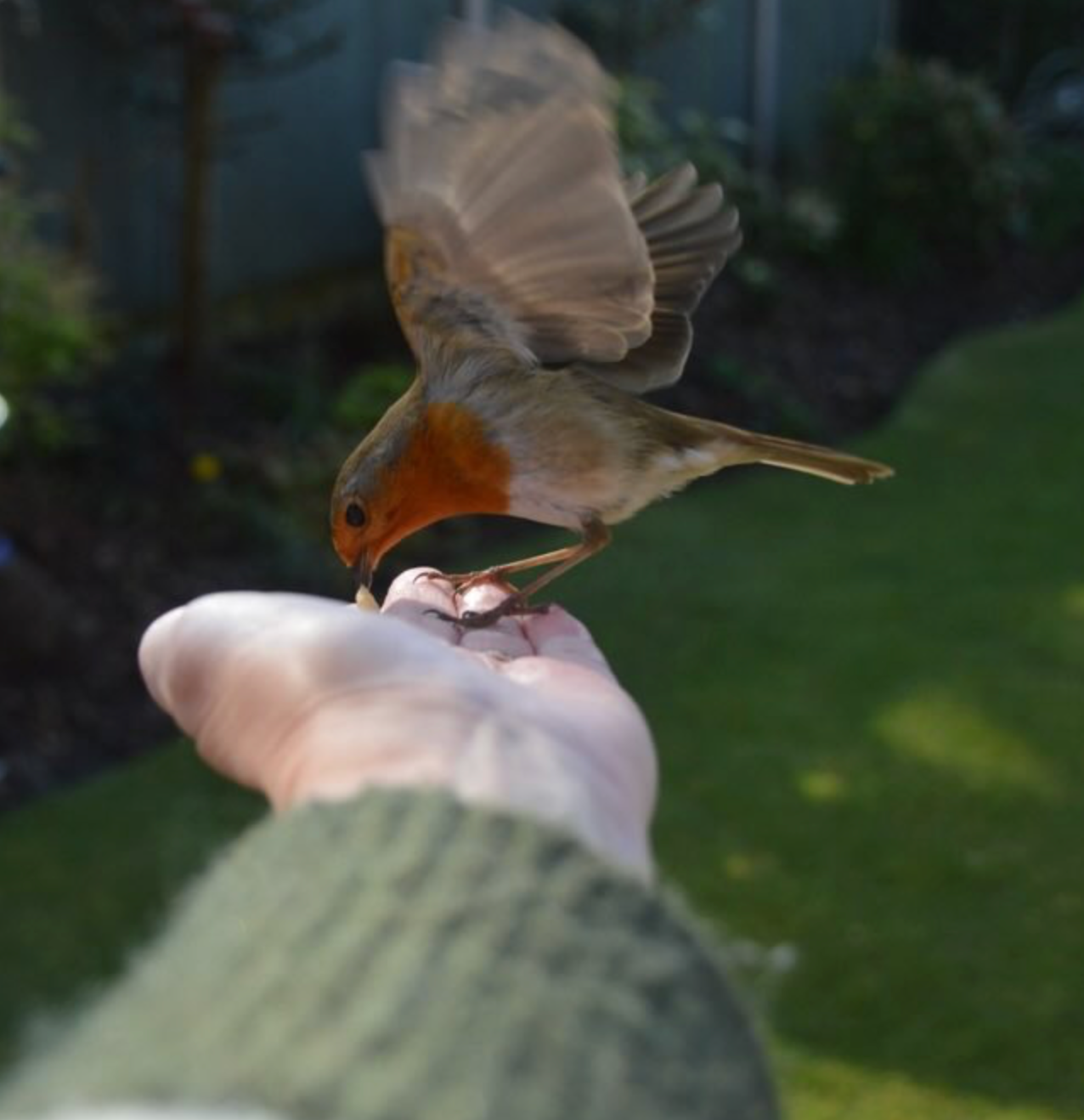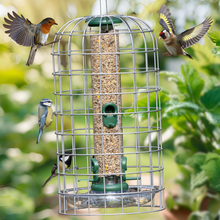The Garden Birdwatcher’s Guide to House Sparrows

These noisy, gregarious, and bold little birds are far more fascinating than they might initially seem. House sparrows are sturdy birds with stout bills designed for eating seeds. The male and female share a similar colour palette but look quite different, with the male having a brown head, white cheeks, a buff tummy, and a black bib beneath the head. The female is a duller shade of tawny brown with a broad cream stripe from the eye to the back of the head. In terms of behaviour, house sparrows are usually found near humans. They have always loved to nest in the crevices of our walls and adapted quickly to using bird feeders. They form loose flocks, are very social, and often sing to one another from the hedges, squabble over food, and enjoy communal dust baths as a team.
Although they seem common, house sparrows are actually on the BTO red list and are in decline across the UK. However, this isn’t due to a lack of effort on the birds’ part or an inability to survive bad weather. A decline in invertebrate numbers, our preference for concreted drives, patio or decking gardens, modern and hard-wearing building materials (which reduce nesting opportunities), and increased numbers of predatory cats are all factors that have reduced the number of breeding pairs.
If you'd like to bring sparrows back to your garden, try planting hawthorn, ivy, and wild roses, leaving your lawn to grow to 3-6cm in the summer and leaving it uncut throughout the winter. A patch of grass and weeds to grow year-round also provides perfect breeding grounds for the spiders and beetles house sparrows need to feed their young. You can also add a terraced nesting box – ensure it’s positioned under the eaves and that the entrance is 32mm in diameter.
As a rule, house sparrows mate for life, although a DNA study found that 15% of house sparrow chicks are the result of extra-pair copulation. After an elaborate courtship in which the male puffs up his black bib and shows off by aggressively defending his territory, the female will lay two to three clutches a year, each with four to five eggs. The nest is constructed using dried plants, feathers, and paper. Chicks hatch after up to fifteen days and leave the nest within seventeen days. Once fledged, they have to watch out for cats, corvids, squirrels, and birds of prey.
Sparrows symbolise productivity, cooperation, and hard work. They are linked with Aphrodite and true love in Greek mythology and are thought to bring good luck in Chinese folklore. According to Celtic lore, sparrows hold our ancestral knowledge, and when you see one, it’s a sign to seek additional support in life. In Ancient Egypt, sailors would often get sparrow tattoos; if they lost their lives at sea, the sparrow was believed to carry their souls home. In European folklore, sparrows are often seen as positive omens, symbolising resilience and community. So let’s all look out for sparrows and celebrate their presence!
You can find out more about house sparrow conservation in this blog post.
Ready to deepen your connection with the birds in your garden? Discover more about your feathered friends and how to attract them to your space with Amidst the Birdsong: A Garden Birdwatcher's Journal. This beautifully crafted journal is the perfect companion for anyone looking to observe and learn about the birds visiting their garden. Start your birdwatching journey today – click here to learn more.

















